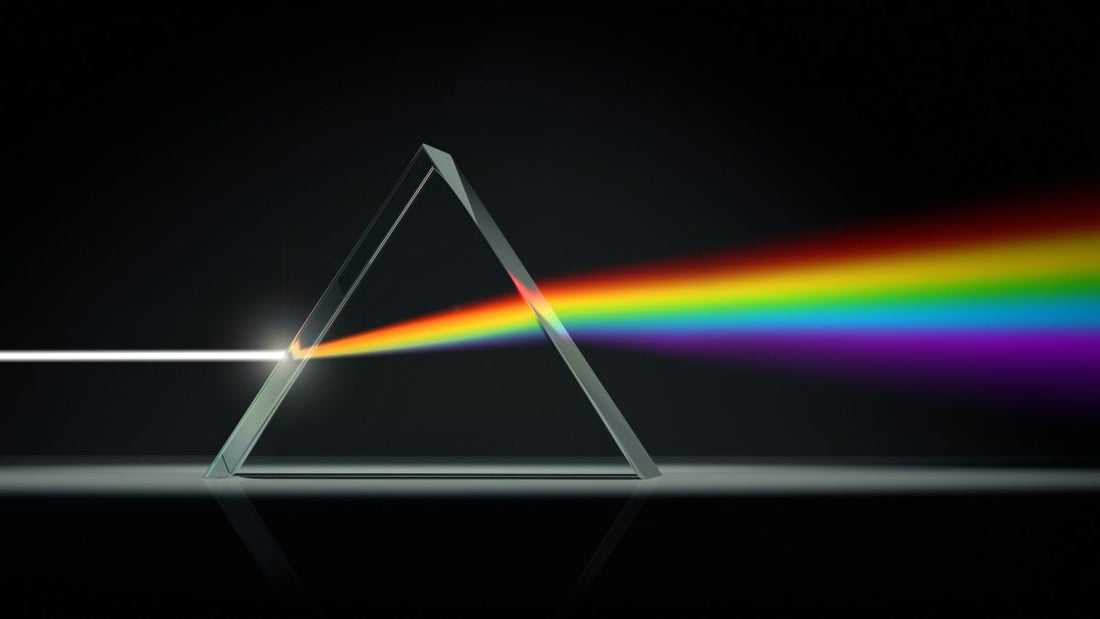
Ask ARSE: If the Sun lights up the Earth, why is space dark?
Share
Although we use our eyes to "see" the world around us, we don't actually see light itself. Light is a type of energy that travels through space and interacts with objects to create the colors and shapes that we perceive as sight.
Some people believe we can see light.
To perceive brightness, two things are required. Light, and, something to reflect the light to our eyes. Outer space only has one of those. Light isn't bright. Objects which emit or reflect light can appear bright.
Think of it this way:
Light without objects is dark.
Objects without light are dark.
For example, when we look at a red apple, what we're actually seeing is the apple reflecting red light that's hitting our eyes. The red light waves are absorbed by the apple's skin, except for the ones that bounce off and travel to our eyes. Our brain then interprets these signals as the color red, and we see a red apple.
Some people understand that the room you're in has dust particles floating in the air and the particles reflecting more light appear brighter.

Similarly, when we look at a tree, we're not seeing the light that's being absorbed or scattered by the tree's leaves and branches. Instead, we're seeing the light that travels through the air and reaches our eyes after being affected by the tree.
Here are some more interesting examples:
-
When we see a rainbow, we're seeing the result of sunlight being refracted and reflected by water droplets in the air, creating a colorful arc.
-
When we see a white shirt, we're actually seeing the shirt reflecting all colors of light equally. The shirt absorbs none of the light and reflects it back to our eyes, creating the impression of white.
-
When we see a shadow, we're seeing the absence of light. Objects that block light, such as a tree or a person, create a shadow behind them where light cannot reach.
-
When we see a sunset, we're seeing the result of sunlight being scattered by particles in the Earth's atmosphere, creating a beautiful display of colors in the sky.
-
When we see a starry night sky, we're seeing the light from distant stars that has traveled through space and reached our eyes. Without light, we wouldn't be able to see the stars at all.
So, while we may say that we "see" light, what we're really seeing is the result of light interacting with objects and creating visual signals that our brains interpret as sight.
You’ve come this far…
Why not venture a little further into A.S.S. - our exclusive Australian Space Society.
And keep thrusting Australia into the deep unknown…
#Space_Aus




